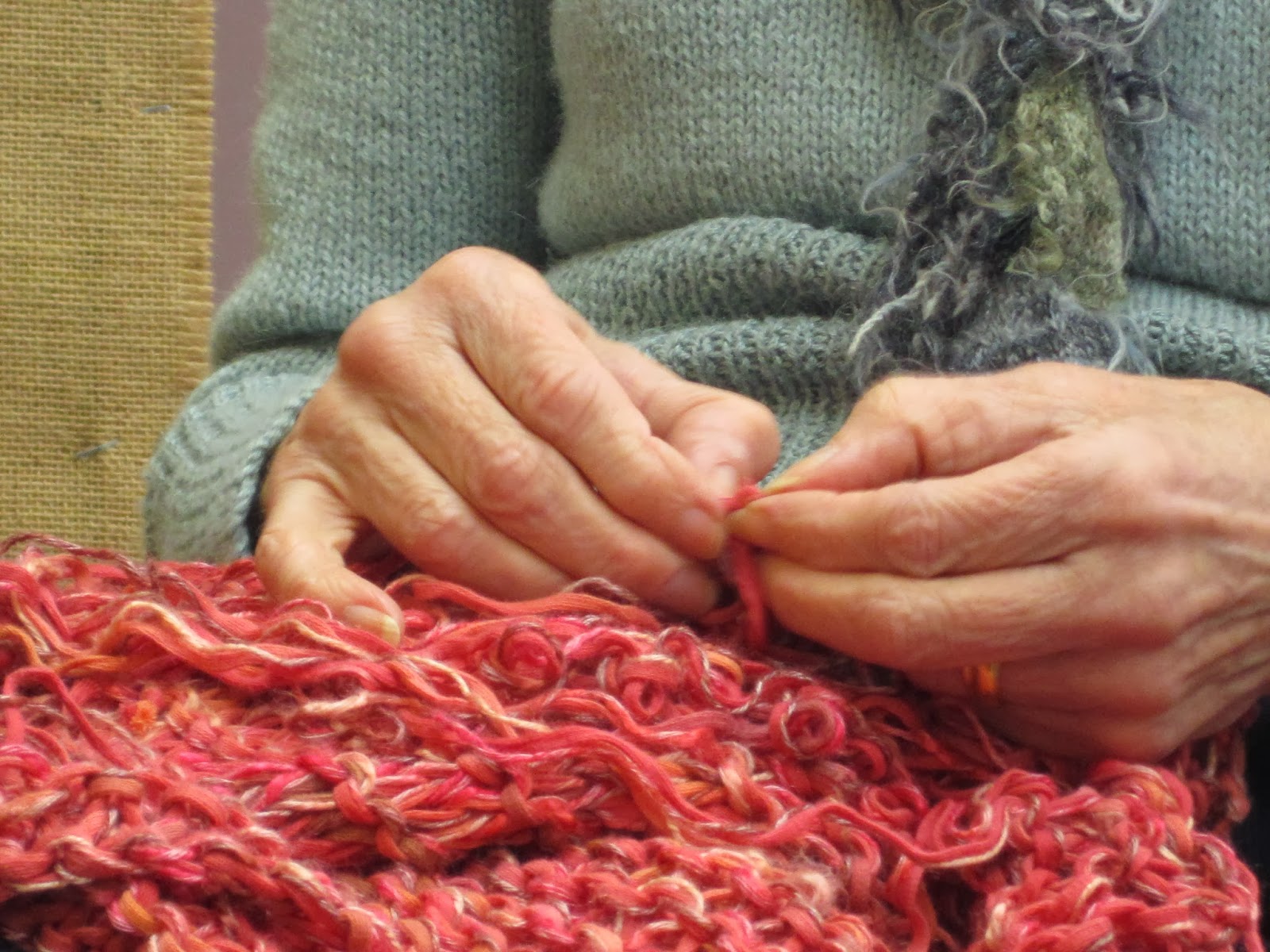As the human
pace encourages rhythmic reflections and detailed observation poets have taken
to walking as well. Perhaps the most celebrated example in recent years is
Simon Armitage who walked the Pennine way as a modern troubadour and gave
poetry readings in exchange for a bed for the night. Armitage did, however, not
extend this idea and present his work in the form of poetry. A more exciting
poet who uses walking I find the Scottish poet Lesley Harrisson who, in her project Making Space for Water, walked along urban rivers in
Aberdeen and Dundee to write a series of poems that explore those rivers as lived
and living places.
My project
Sharing at the Shoreline is based on my walk along the Aberdeenshire Coastal Trail.
This walk is in no way as adventurous and demanding as the walks by Long,
Fulton and Armitage as family commitments mean I walk the route as a number of
daytrips, but the activity of walking is reflected in the poems I write.
Walking the entire Aberdeenshire coastline implies that I visit not only the beauty
spots but also perhaps the more mundane parts of the coastline in between. Sometimes
my walks take place in glorious sunshine, but I am as likely to face wet and
windy weather. What I found this far is that the repetitive movement of my feet
helps me to focus my observations. Last week, for example, my walk led me from
Newtonhill and Cove over minor roads past fields. What struck me was that the
cold wind determined what I observed during the walk, but that this in the end
did not determine how I felt about walking this part of the path in this
weather.
Walking
the coast in March
Heavy the leaden clouds weigh down the waves
Heavy the slanted rocks wade
Heavy the brambled war defences overlook the
scene
Heavy the saturation of gorse
Heavy the burn overruns
Heavy the death-yielding grasses
yellow the verge
Heavy the voice of plastic caught in the
wind
Heavy the herring gull balances, heavy its
cry
Heavy the droop of the snowdrop,
the daffodil buds
Heavy the fragrance of gorse
Lightness
The tread of the walker
Moving along the path.
Copyright text, image and poem Petra Vergunst



